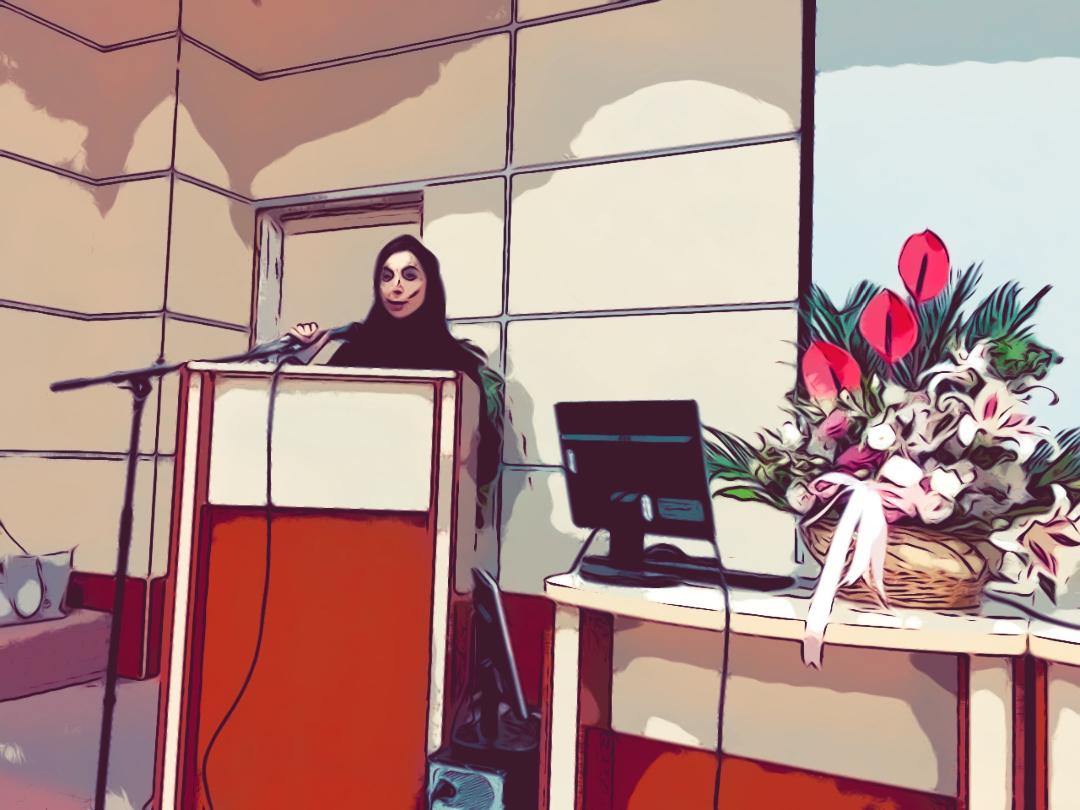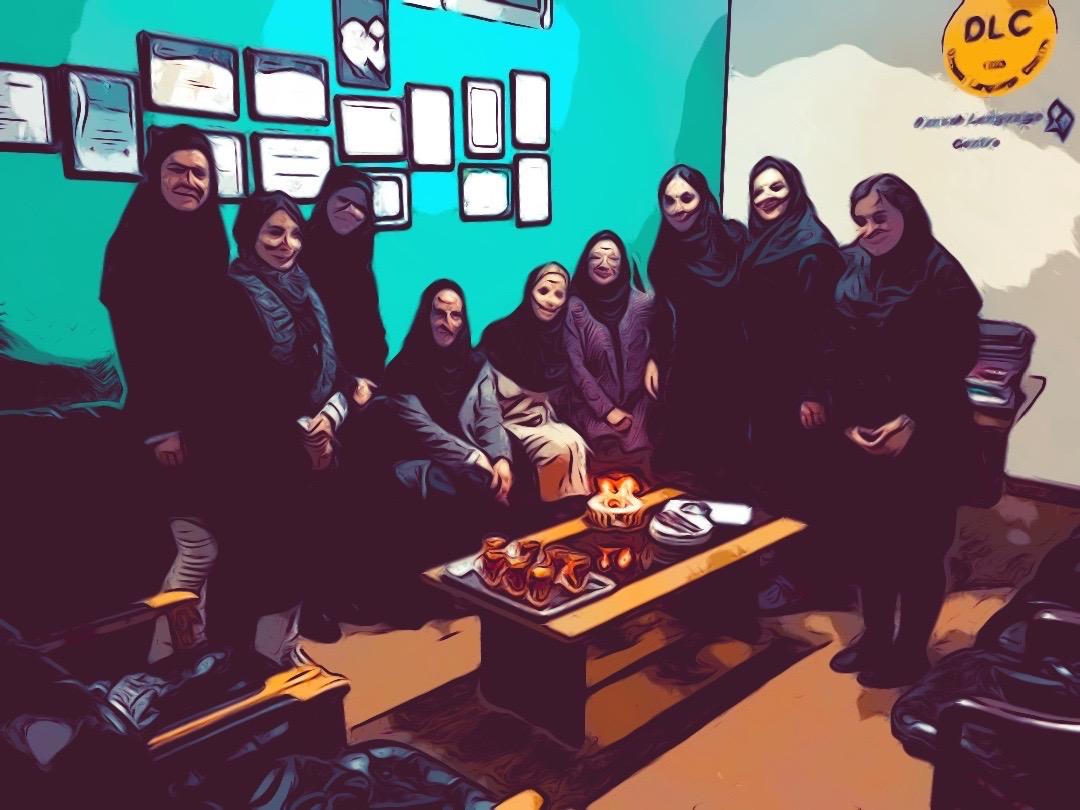Teacher Training and Teaching Methodology of DLC

Second and foreign language learning and teaching changed drastically after 1990 and the need for communicative language learning led us to different approaches to teaching, learning and assessment. As a result, second and foreign language teaching can be considered as a field that is constantly in a state of change.
Although Methods (GTM, DM, ALM, TPR, SW, CLL, NA, etc) are not dead, the previous attention to them has shifted and given way to more generic approach to teaching methodology in a “post-methods” era in which teacher is as a researcher (Woodward ,1996). According to Douglas Brown (2002, p. 9), “a method is a set of theoretically unified classroom techniques thought to be generalizable across a wide variety of contexts and audiences.” So it can be said that methods are very prescriptive, overgeneralized and developed a priori in terms of place of implementation.
Although language teaching methodology is defined differently by different scholars, regarding particularity, Kumaravadivelu (2001, p. 538) advocates that any post-method pedagogy has to be a pedagogy of particularity. That is to say, language pedagogy, to be relevant, must be sensitive to a particular group of teachers teaching a particular group of learners pursuing a particular set of goals within a particular institutional context embedded in a particular sociocultural milieu.
Considering so many different elements in English language classes in post-method era has led both language teachers and learners fulfill their aims. Language learning can take place if the following elements can be provided in the classroom (Shrum and Glisan, 2000, 14-15):
- comprehensible input in the target language
- an interactive environment that models and presents a variety of social, linguistic, and cognitive tools for structuring and interpreting participation in talk
- opportunities for learners to negotiate meaning in the target language, with assistance from the teacher and from one another
- opportunities for learners to interact communicatively with one another in the target language conversations and tasks that are purposeful and meaningful to the learner
- a non-threatening environment that encourages self-expression
There are lots of activities for students of all ages in different classrooms. And the focus of all of these activities is just to improve language learning level of the students. But accuracy-focused and fluency-focused activities differ a lot when used in language classes.
Accuracy-focused activities:
- reflect typical classroom use of language
- focus on the formation of correct examples of language use
- produce language for display (i.e. as evidence of learning call on
- explicit knowledge
- elicit a careful (monitored) speech style
- reflect controlled performance
- practice language out of context
- practice small samples of language
- do not require authentic communication
Fluency-focused activities
- reflect natural language use
- call on implicit knowledge
- elicit a vernacular speech style
- reflect automatic performance
- require the use of improvising, paraphrasing, repair and
- reorganization
- produce language that is not always predictable
- allow students to select the language they use
- require real communication

In this regard, DLC has got two approaches to its methodology of teaching, learning and assessment processes. DLC has classified its language levels into two categories of Young Learners and Adult Learners, each with different principles in their methodology. The most important point in both categories is the integration of four skills in whatever done in the class or at home. In all the classes, the students must provide writing assignments each week and must present two oral presentations during one term.
CELTA is the standard of teaching to Adult Learners and TEYL is the standard of teaching to Young learners. Although the principles of both CELTA and TEYL are the first teacher training qualifications of our teachers, DLC’s methodology of teaching, learning and assessment processes is through ATBATM. ATBATM is a model of simultaneous EFL teaching, learning and assessment. Having lots of researches in English language teaching, learning and assessment, Dr Tina Danesh, DLC’s manager and concessionaire, has developed this model through which not only the individual factors but also the social factors of our educational context must be emphasized.

If you are interested to participate in our teacher training courses and to be a part of DLC family, please send your resume to the following address.
